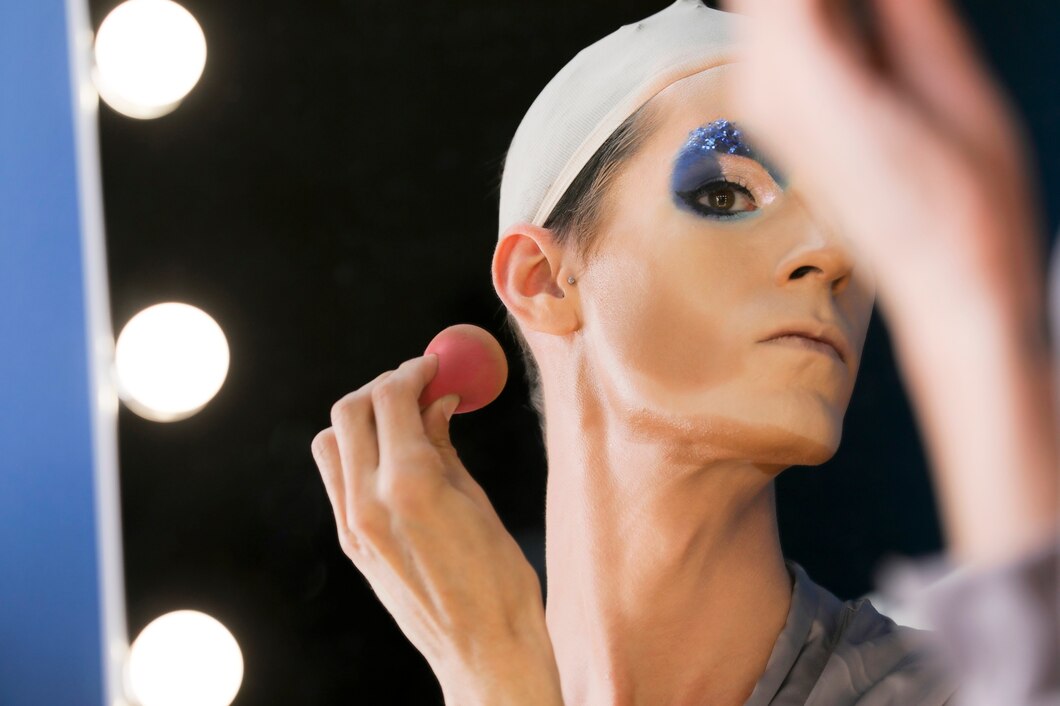The Ancient Allure: Beauty in Antiquity
In ancient civilizations, beauty was often synonymous with divinity and power. The Egyptians, for instance, revered symmetrical features and slender figures, as seen in their art and sculptures. Cleopatra, with her kohl-lined eyes and elaborate hairstyles, epitomized the Egyptian ideal of beauty. Similarly, in ancient Greece, beauty was associated with harmony and proportion. The Greeks celebrated athletic physiques, as evidenced by their sculptures of gods and athletes.
Beauty Standards in Ancient Civilizations
|
Civilization
|
Ideal Beauty Traits
|
Cultural Significance
|
|---|---|---|
|
Egypt
|
Symmetrical features, slender figure
|
Associated with divinity and power
|
|
Greece
|
Athletic physique, harmony
|
Celebrated in art and mythology
|
|
Rome
|
Youthful appearance, fair skin
|
Linked to status and wealth
|
The Renaissance: Rebirth of Beauty
The Renaissance period marked a significant shift in beauty standards, emphasizing natural beauty and individualism. Artists like Leonardo da Vinci and Botticelli celebrated the human form in its natural state. The ideal Renaissance woman was voluptuous, with fair skin and golden hair, symbolizing fertility and purity. This era also saw the rise of cosmetics, as women used powders and rouges to enhance their features.
The Victorian Era: Modesty and Morality
The Victorian era brought about a more conservative approach to beauty. Modesty and morality were paramount, and women were expected to adhere to strict beauty standards. Pale skin was highly prized, as it signified a life of leisure away from the sun. Corsets were worn to achieve an hourglass figure, and hair was styled in elaborate updos. This period also saw the rise of beauty manuals, which dictated the dos and don'ts of personal grooming.
The Roaring Twenties: Flappers and Freedom
The 1920s ushered in a new era of beauty, characterized by the flapper movement. Women embraced shorter hairstyles, such as the bob, and wore bold makeup, including dark lipstick and smoky eyes. This period was marked by a sense of liberation, as women challenged traditional gender roles and embraced a more androgynous look. The flapper style was a reflection of the social and cultural changes of the time, as women gained more independence and freedom.
The Golden Age of Hollywood: Glamour and Glitz
The 1930s to 1950s were defined by the glamour of Hollywood. Actresses like Marilyn Monroe and Audrey Hepburn set the standard for beauty, with their flawless skin, perfectly coiffed hair, and elegant fashion. This era emphasized femininity and sophistication, with an emphasis on curves and hourglass figures. The influence of Hollywood extended beyond the silver screen, as women around the world sought to emulate the style and grace of their favorite stars.
The Swinging Sixties: Youth and Rebellion
The 1960s were a time of cultural upheaval, and beauty standards reflected this change. The youth-driven counterculture movement embraced a more natural and carefree look. Twiggy, with her pixie haircut and doe-eyed makeup, became an icon of the era. The emphasis was on youthfulness and individuality, as people experimented with bold colors and unconventional styles. This period also saw the rise of the feminist movement, which challenged traditional beauty norms and encouraged women to embrace their natural selves.
The Modern Era: Diversity and Inclusivity
Today, beauty standards are more diverse and inclusive than ever before. The rise of social media has democratized beauty, allowing individuals to express themselves in unique and creative ways. There is a growing acceptance of different body types, skin tones, and gender expressions. Brands are increasingly embracing diversity in their marketing campaigns, featuring models of all shapes, sizes, and ethnicities. This shift reflects a broader cultural movement towards inclusivity and acceptance.
Beauty Standards: A Reflection of Society
Beauty standards are not static; they evolve with cultural and societal changes. They reflect our values, aspirations, and the times we live in. As we continue to challenge traditional norms and embrace diversity, the definition of beauty will continue to expand and evolve.
FAQs
Q1: How did the Renaissance period influence beauty standards?
A1: The Renaissance emphasized natural beauty and individualism, celebrating the human form in its natural state. The ideal woman was voluptuous, with fair skin and golden hair.
Q2: What characterized beauty standards in the Victorian era?
A2: The Victorian era valued modesty and morality, with pale skin and hourglass figures being highly prized. Women adhered to strict beauty standards and wore corsets to achieve the desired silhouette.
Q3: How did the 1920s flapper movement impact beauty standards?
A3: The flapper movement embraced shorter hairstyles and bold makeup, reflecting a sense of liberation and challenging traditional gender roles.
Q4: What role did Hollywood play in shaping beauty standards during the 1930s to 1950s?
A4: Hollywood set the standard for beauty with its emphasis on glamour and femininity. Actresses like Marilyn Monroe and Audrey Hepburn became icons of the era.
Q5: How have modern beauty standards evolved?
A5: Modern beauty standards are more diverse and inclusive, with a growing acceptance of different body types, skin tones, and gender expressions.
